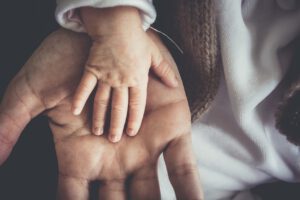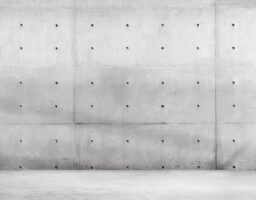Color and light determine the reality of our lives, as we perceive the identity of people, places and things in an immediately understandable way. Nevertheless, we see a world whose meanings and contexts of action do not exist outside ourselves, but in our brains. Outside of us there is only an energetic field whose radiation spectrum is refracted, absorbed and reflected by the material structure in a specific way. This distribution of energy forms a space of possibilities, the information potential of which we access by forming associative links between the color and light symbols and the designated content.
Visual learning takes place through our multisensory engagement with the environment and the mental restructuring of the experiences we gain from this. By empirically observing the energetic radiation spectrum of the environment consisting of color and light, we have tapped into an information potential that today extends from the microcosm of photons to the boundaries of the universe. Insofar as the conditions of our existence in the environment become clearly visible to us, we can also look for new ways to shape our life together. The exploration of the media of color and light through pictures, objects, one’s own body as well as the natural and cultural space promotes spatial-visual competence.
When we read the letters of this text, we form the sounds almost imperceptibly in our imagination, while the content is present to us. Hardly anyone is aware that they are actively forming sounds into words and sentences, motor gestures into actions and color and light into images as they think and act. We need media through which we can describe, illustrate and understand our experiences. The “inner world of imagination” of our brain reflects this descriptive structure. The vivid design through the use of color and light is therefore geared towards optimal readability of our ideas.


